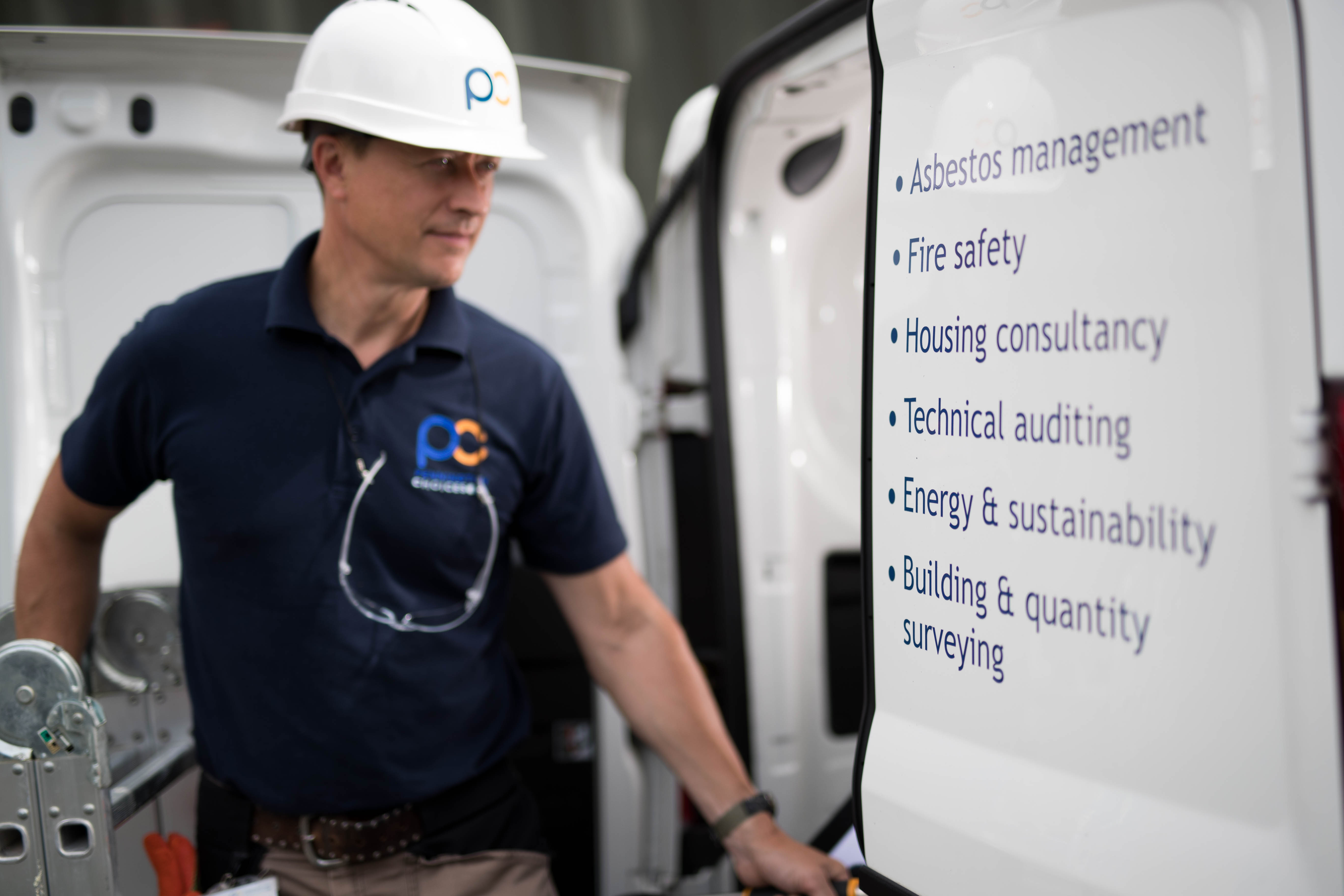Sign up to our newsletter
In our recent data blog, 'Can you rely on the accuracy of your compliance data?', we talked about the importance of effective data management, what this looked like in practice, and the principles you need to adopt to achieve it. A quick recap of the four key areas is listed below:
- Understanding your asset types and numbers
- Reconciling your compliance programmes
- Validating your compliance records
- Compliance reporting
We now want to look at where landlords go wrong with data management. Whenever we are assessing a client’s performance, the starting point is always the same: data, data, data!
Having worked with over 100 housing organisations, we have developed detailed knowledge and insight into the most common data pitfalls and how best to address them.
1. Define your data structure
Data structure is the key to being able to demonstrate effective data management and is pivotal to understanding exactly how many assets your organisation owns and where your compliance obligations lie. We always recommend a clear division between domestic dwellings (e.g., houses, flats, maisonettes etc.) and non-domestic properties (including blocks, commercial properties, offices etc.). Most often, landlords have this in place and the domestic asset list can be readily extracted and assessed against their compliance programmes. The challenges typically come from non-domestic property lists, particularly with communal blocks. It is essential to have a clearly defined structure that identifies your blocks and the communal areas which sit within them. Without this structure in place, it becomes difficult to evidence that all your potential compliance obligations have been assessed and addressed.
2. Reduce manual entry
The risks of manual data entry speak for themselves, yet it is still common practice for data to be recorded in this way. Whether this is in a system or on spreadsheets, the risk remains the same and the accuracy of your data is then reliant on the person inputting it. Even if said person is the most meticulous and vigilant employee you have, mistakes are inevitable. Whilst manual data entry is often difficult to prevent entirely, you should reduce its frequency as much as possible, through automation and effective reconciliation between systems.
3. Get serious about quality assurance and data reconciliation
All data should be periodically reconciled to ensure that asset numbers align across systems, and in turn, reconcile with each compliance programme. Whilst we appreciate the frequency of this reconciliation is dependent on the systems your organisation has in place and the interface between them, it is an essential mechanism, which will continue to pay dividends. There should be clearly defined processes in place that firstly ensure that asset numbers match across all systems (to capture any stock movements) and secondly that the asset list you hold aligns with each compliance programme. Any properties which are on the asset list but not on a compliance programme should have a valid reason which can be backed up with evidence.
4. Silos are for farms, not your compliance data!
This is is often a symptom of ineffective data reconciliation. When programmes are managed in silos, there is no assurance that the right data is moving into the right places. Firstly, do you have assurance all stock movements have been captured on each programme and secondly, are changes to a particular programme being reflected into your core system and across other programmes? For example, if a contractor goes out on-site and identifies an asset or location which has been previously missed, is this then integrated into each of your other compliance programmes, and do you investigate why it was omitted?
5. Be clear on what you are reporting
Clearly structured and concise reporting ensures the right information is relayed to the right people. We recommend that all reporting is reconciled to your core asset list. For example, if you have 10,000 domestic properties and 9000 are on the domestic gas servicing programme, then the remaining 1000 should also be reported to ensure they are kept in view and evidence is maintained to confirm their omission. Secondly, there should be a clear split between your domestic and non-domestic assets which reflects their different compliance obligations. Finally, all instances of non-compliance should be visible and accompanied by a narrative to explain the cause and the action being taken.
6. Be clear on what data must be recorded
The final, and often most difficult challenge for organisations is recording the right information to provide the required levels of assurance. Often, the focus is primarily on the programmes themselves and ensuring current certifications remain in date. This is important, and organisations should never lose sight of this. However, it is the properties that are not on programmes that are most often overlooked. If a property is not on a programme, it is imperative to know and be able to prove, why. For example, if a building is not on your fire risk assessment programme because there are no communal areas, what assurance do you have that this is correct – has a competent person been to the site to confirm and document it? If so, great! If not, make sure this is rectified as a priority and the information is stored safely and reviewed regularly so that you can rest assured (at least until something changes).
We know from our work how data can get even the most resolute Boards and Senior Leadership Teams nervous, and also how challenging it can be knowing where to start if you have some areas which you think you could improve. This is why we have the following services available to you to make the process of reviewing your data as simple as possible - check out the links below to see how we can help, and please also let us know what you thought of the blog.
How we can help…
Landlords often hold a lot of the requisite data but are not equipped with the tools or resources to leverage its benefits.
At Pennington Choices, we work closely with landlords to ensure the safety of their residents by validating and assuring their compliance data and providing the tools to maintain its integrity.
Our diverse and experienced consultancy team includes technical, operational and strategic experts that work across fire safety, gas safety, electrical safety, asbestos management and water hygiene, to put in place practical solutions for our clients.






